The vibrant energy of music festivals comes with an often overlooked health consequence - irreversible hearing damage. New research reveals that exposure to sound levels exceeding 85 decibels for more than six hours during these events poses significant risks to auditory health, with millions of young attendees potentially facing lifelong consequences.
The Silent Epidemic at Music Venues
Across sprawling festival grounds where bass vibrations ripple through crowds, the danger isn't merely metaphorical. Sound systems at major festivals frequently reach 100-110 decibels - equivalent to standing near a chainsaw or jackhammer. At these volumes, the delicate hair cells in the inner ear begin suffering trauma after just 15 minutes of unprotected exposure. Yet most attendees endure this sonic bombardment for entire weekends without protective measures.
Medical researchers have identified a troubling pattern they call "recreational noise-induced hearing loss." Unlike industrial hearing damage which develops gradually over years, festival-related auditory trauma often manifests suddenly after particularly loud events. Victims report temporary threshold shifts (hearing muffling) that increasingly become permanent with repeated exposure.
When Fun Crosses the Danger Threshold
The 85-decibel safety benchmark stems from occupational health standards, but applies equally to leisure environments. This noise level represents the point at which extended exposure causes measurable damage. For context, normal conversation occurs at 60 dB, city traffic at 85 dB, and rock concerts typically hit 115 dB. The logarithmic nature of decibel measurement means each 10 dB increase represents a tenfold intensity jump.
Festival schedules compound the risk through what audiologists call "stacked exposure." Multiple consecutive days of loud music, combined with afterparties and campground DJ sets, create unprecedented auditory strain. Many attendees accumulate 20+ hours of hazardous noise exposure during a single festival weekend.
The Physiology of Festival Hearing Damage
Inside the cochlea, microscopic hair cells convert sound vibrations into neural signals. These fragile structures have no regenerative capacity - once damaged, they're gone forever. Loud noise first destroys high-frequency receptors, gradually eroding the ability to understand speech clearly. Tinnitus (ringing in the ears) often accompanies this damage, sometimes becoming permanent.
Youthful attendees frequently ignore warning signs because hearing loss manifests insidiously. The brain compensates for early-stage damage by increasing processing effort, masking the deficit until substantial harm has occurred. By the time difficulties become apparent, the damage is usually irreversible.
Changing Attitudes in the Festival Scene
Forward-thinking event organizers have begun implementing hearing conservation programs. Some festivals now distribute free earplugs at entrances, install sound level monitoring systems, and create designated quiet zones. These measures reflect growing awareness that auditory health impacts future quality of life far beyond the festival experience.
Medical professionals advocate for a cultural shift in how music fans approach loud events. Just as sunscreen became normalized for beachgoers, hearing protection needs similar mainstream acceptance. High-fidelity musician's earplugs that reduce volume without distorting sound quality have become the hearing equivalent of polarized sunglasses.
The Economic and Social Costs
Untreated hearing loss carries staggering societal implications. Studies link hearing impairment to increased risks of dementia, depression, and social isolation. The economic burden includes lost productivity and rising healthcare needs as damaged generations age. Hearing aids and cochlear implants, while helpful, cannot fully restore natural hearing function.
Ironically, the very demographic most vulnerable to music-related hearing damage - young adults - often dismisses the risk as distant and unimportant. This perception gap creates what public health experts call a "prevention paradox." The consequences seem abstract until personal experience makes them devastatingly concrete.
Practical Protection Strategies
Effective hearing conservation doesn't require avoiding festivals altogether. Simple precautions like taking regular breaks from loud stages, using proper ear protection, and monitoring cumulative exposure time can dramatically reduce risks. Smartphone apps now allow real-time decibel monitoring, empowering attendees to make informed decisions.
Audiologists recommend the 60/60 rule: limit exposure to 60% volume for no more than 60 minutes at a time. For festival environments where volume control isn't possible, high-quality earplugs with 15-25 dB reduction filters become essential safety gear rather than optional accessories.
The Future of Festival Sound
Some audio engineers advocate for rethinking loudness as a proxy for excitement. Innovative sound designs that prioritize clarity and richness over sheer volume could reduce health risks while maintaining emotional impact. Forward-thinking festivals are experimenting with sound propagation techniques that deliver satisfying bass experiences at lower overall decibel levels.
As research continues revealing the true costs of recreational noise exposure, the music industry faces increasing pressure to prioritize auditory health. The challenge lies in balancing artistic vision, audience expectations, and physiological realities. With hearing damage being cumulative and irreversible, the time for prevention is now - before another generation pays the price in silent suffering.
The message from medical professionals is clear: love your music, but protect your hearing. Those fleeting festival moments shouldn't come at the cost of lifelong auditory health. As awareness grows, the hope is that safe listening practices will become as instinctive as checking the weather before an outdoor event - not a buzzkill, but basic self-care for music lovers.
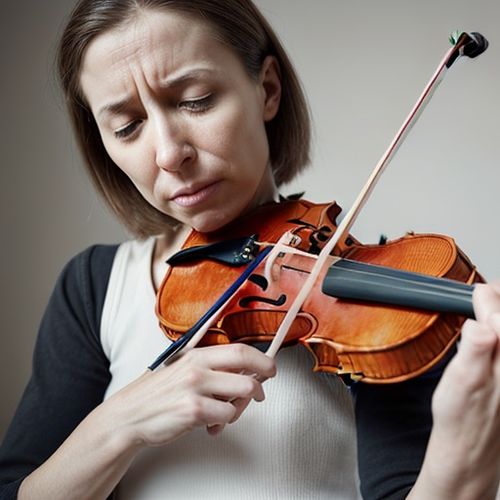
By Ryan Martin/Apr 14, 2025
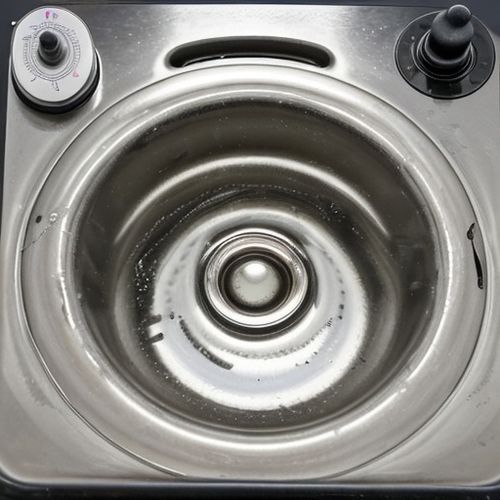
By Daniel Scott/Apr 14, 2025

By Megan Clark/Apr 14, 2025

By Noah Bell/Apr 14, 2025
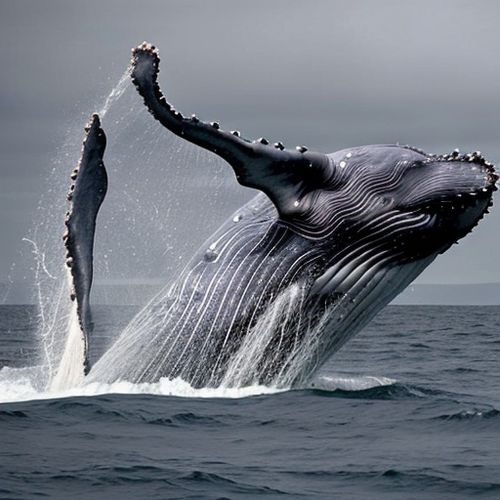
By George Bailey/Apr 14, 2025
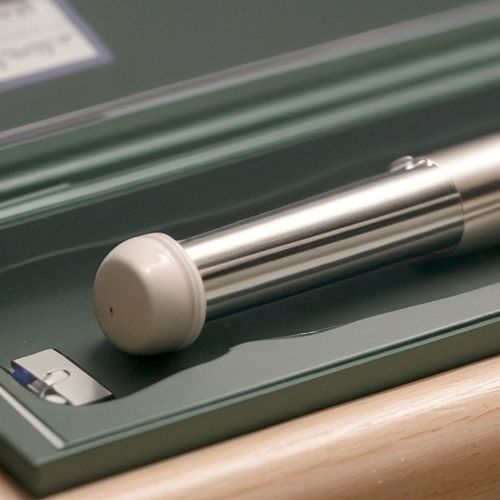
By Laura Wilson/Apr 14, 2025

By Ryan Martin/Apr 14, 2025

By Grace Cox/Apr 14, 2025
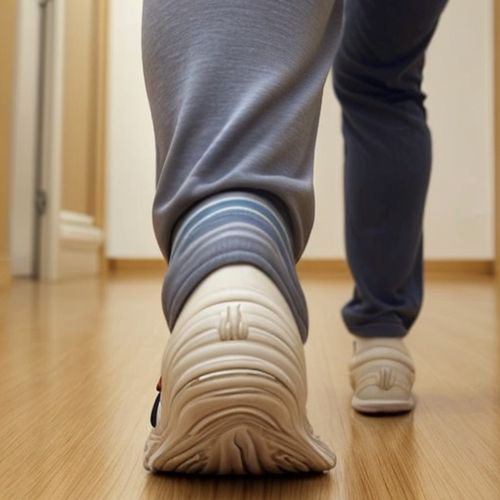
By Amanda Phillips/Apr 14, 2025

By Joshua Howard/Apr 14, 2025

By Emily Johnson/Apr 14, 2025
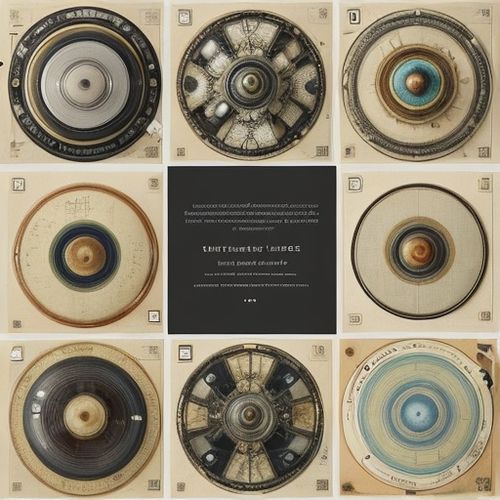
By Michael Brown/Apr 14, 2025

By Benjamin Evans/Apr 14, 2025

By Megan Clark/Apr 14, 2025
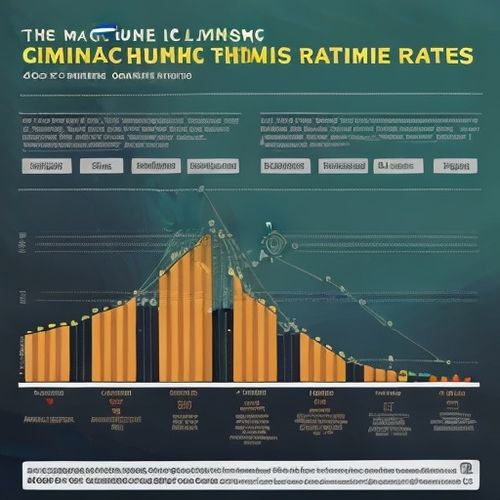
By Lily Simpson/Apr 14, 2025
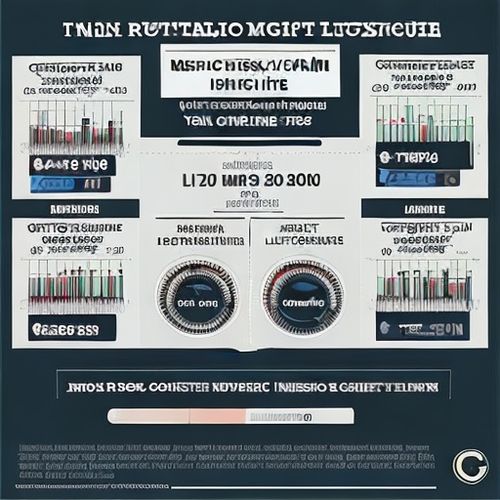
By Samuel Cooper/Apr 14, 2025

By Olivia Reed/Apr 14, 2025

By Christopher Harris/Apr 14, 2025

By Megan Clark/Apr 14, 2025

By Emma Thompson/Apr 14, 2025